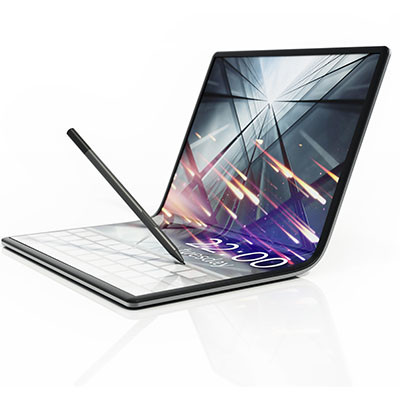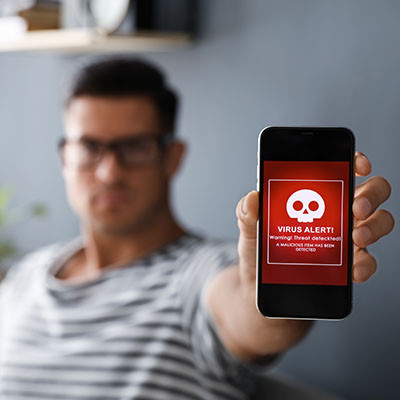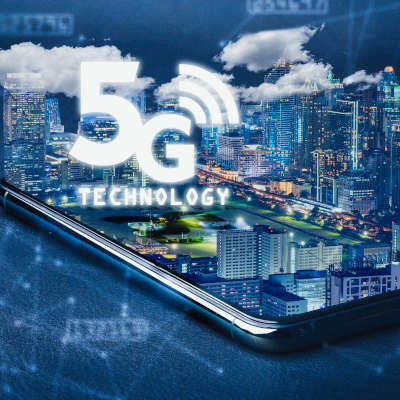WatchPoint Solutions Blog
For years now, cybersecurity experts have reiterated time and again that it was only a matter of time before smartphones would become a target for major cyberattacks like ransomware. The facts are that most people use smartphones and most of these devices aren’t really protected with active antivirus software. It stands to reason that ransomware is developing into a major trend in mobile cybercrime. Since ransomware is the grand-daddy of threats, keeping it off your systems is essential.
With so many employees still working remotely, it’s easy to see how lost or stolen devices can create problems for your business. Therefore, like any security issue, it is critical to take it seriously before it happens rather than react to it as it occurs. Here are four preventative measures you can take today to decrease the odds of a lost or stolen device becoming a major problem for your business.
With so many costs of running a company, business owners have a lot to consider, especially when it comes to mobile devices and other remote technology. Many are opting to allow their employees to bring their own devices to the workplace in an attempt to save on these costs. While this practice can be an incredible benefit for some organizations, it also presents a considerable risk to those who don’t actively manage potential problems.
It’s not a secret that we spend too much time on our phones, sitting in front of the computer or television, or just looking at screens in general. You don’t have to go out of your way to find commentary on the subject. What you might find interesting is that there have been an increasing number of studies that have consistently shown that the amount of notifications a person receives is directly related to their productivity; or, lack thereof.
The fifth generation of wireless communications—5G—has been hotly anticipated, already appearing in advertisements for cellular connectivity and set to expand the potential of automated processes. One particularly pertinent application is to the smart devices and services that make up the Internet of Things. Let’s consider where 5G currently stands, and how its capabilities could impact the IoT.





